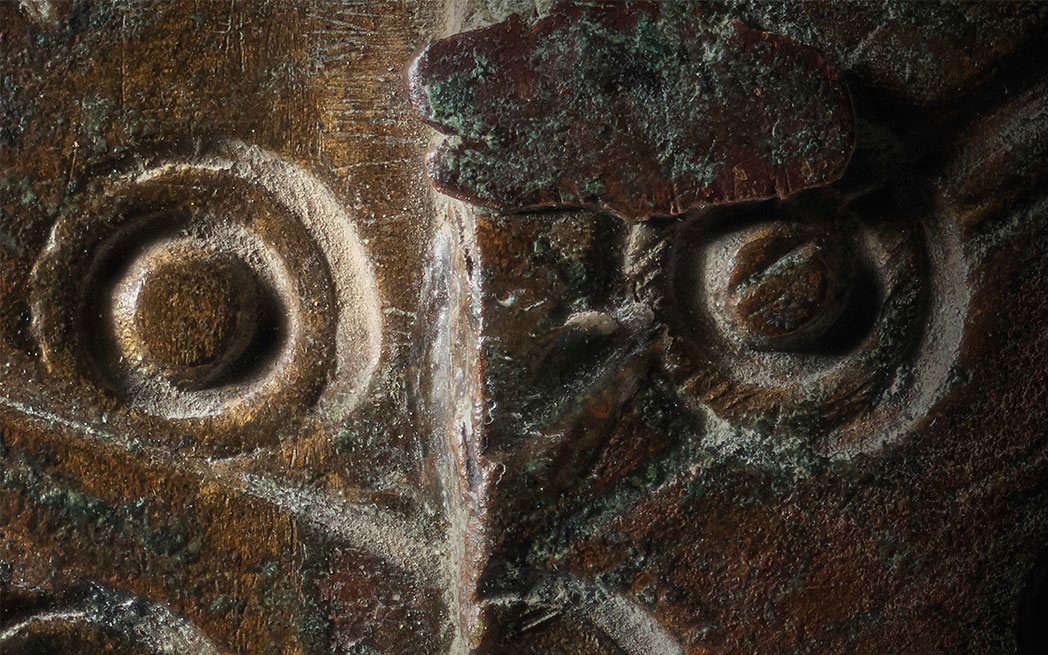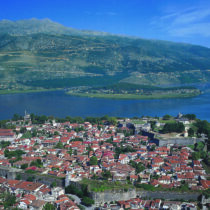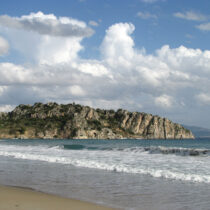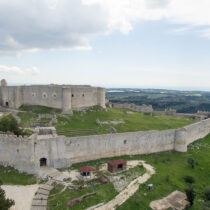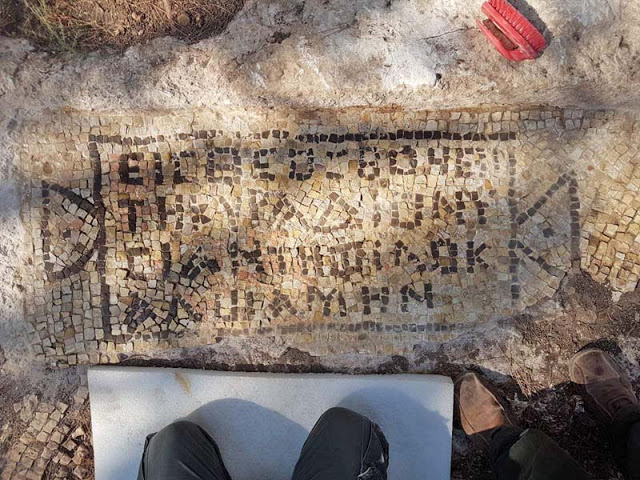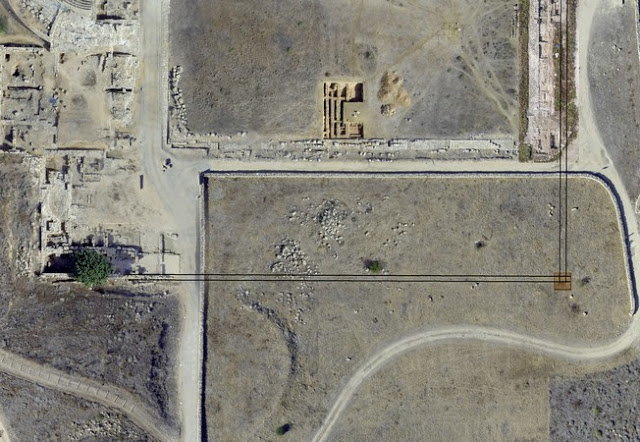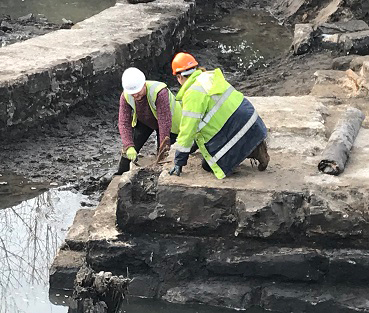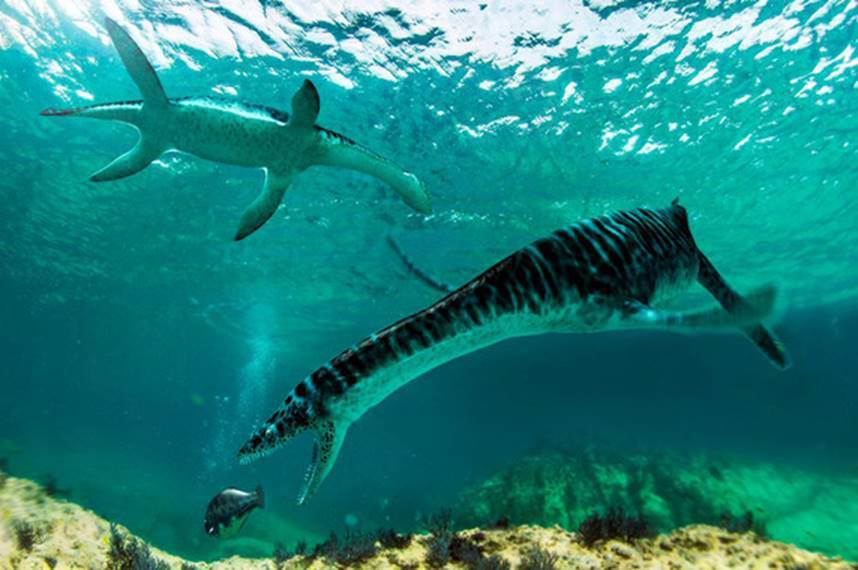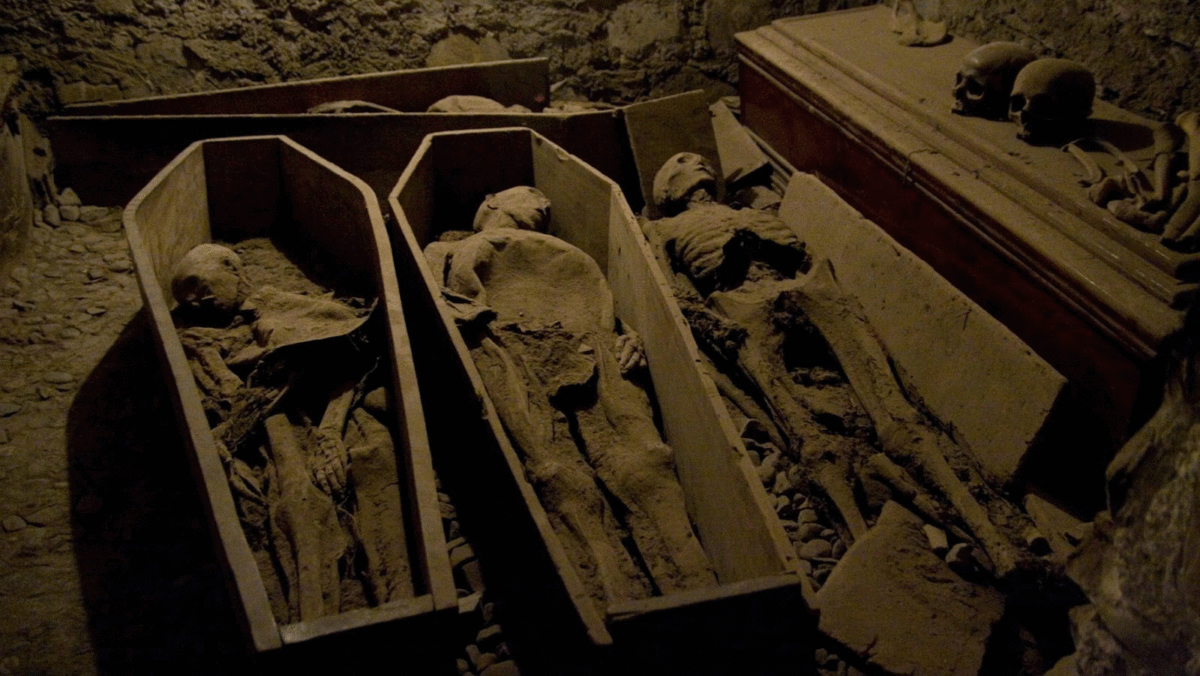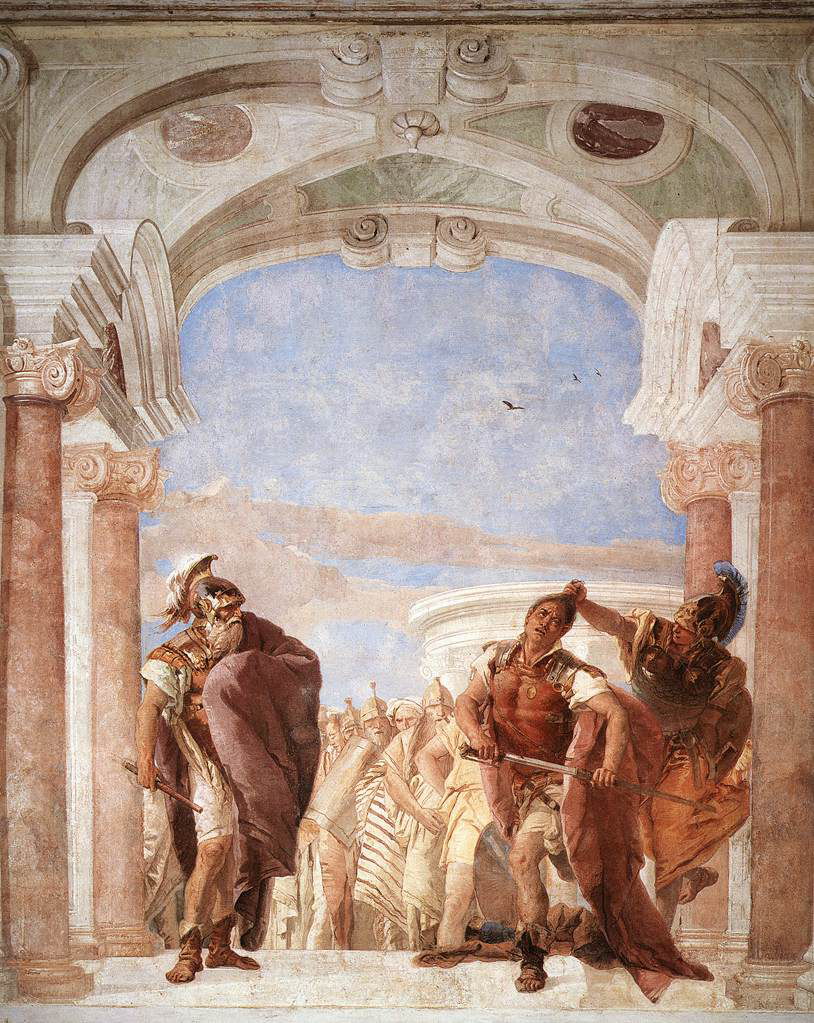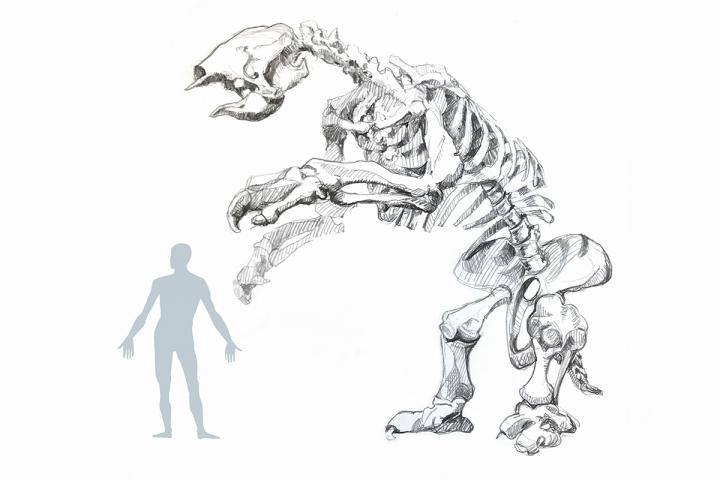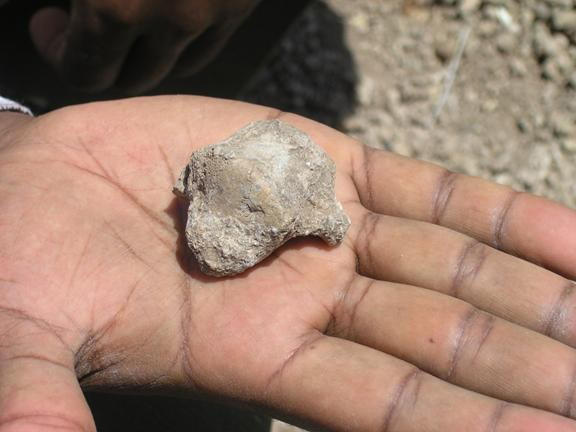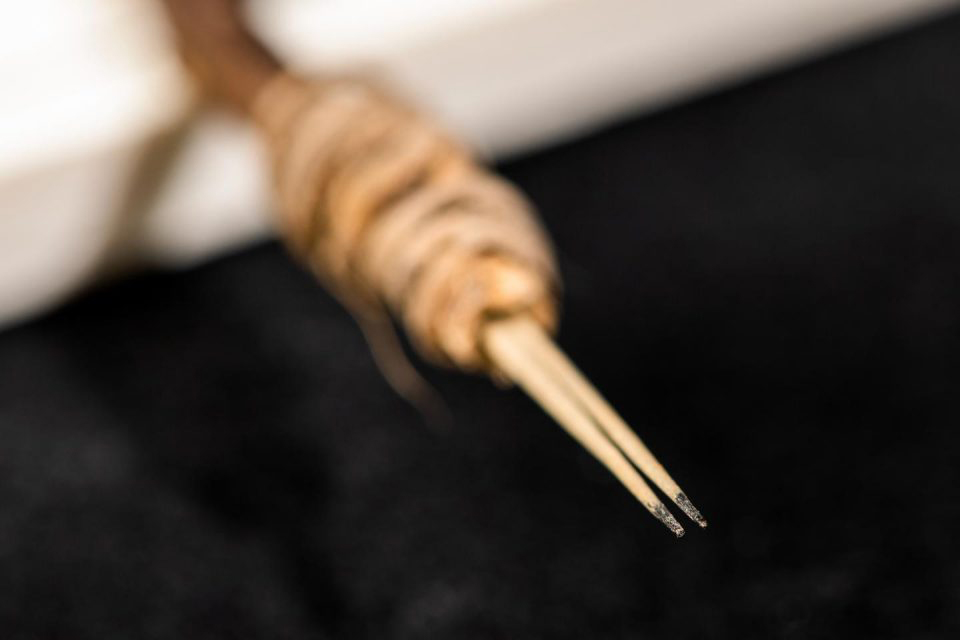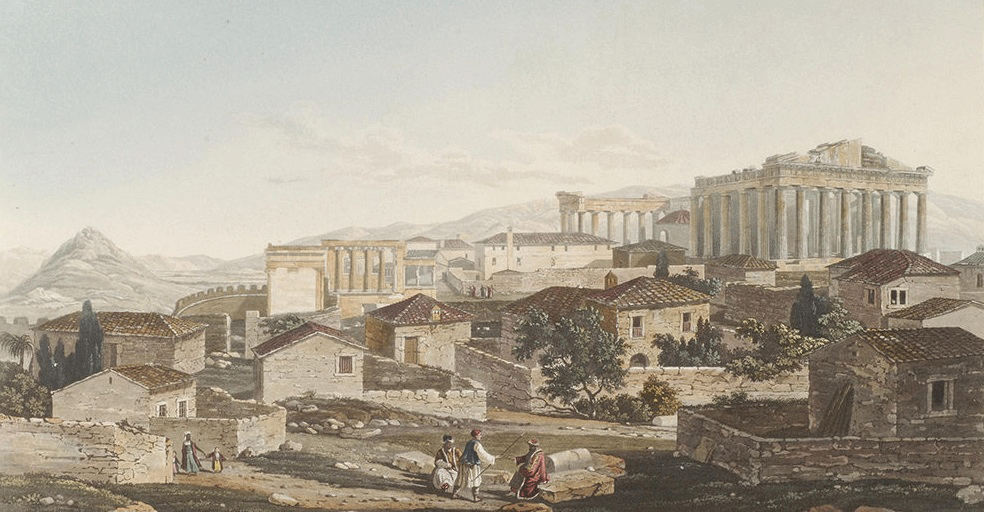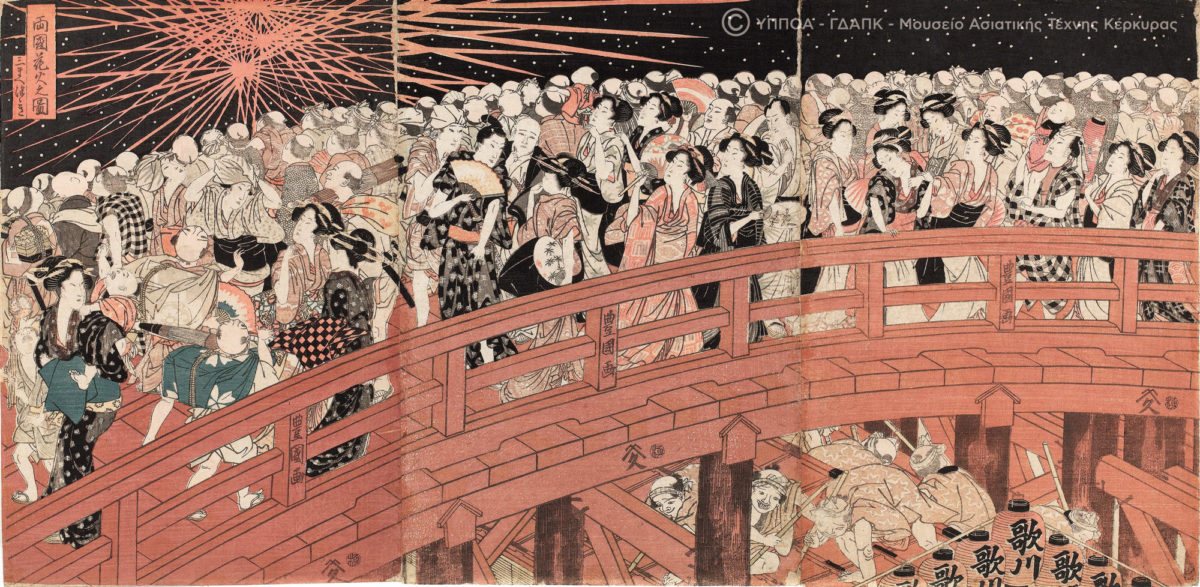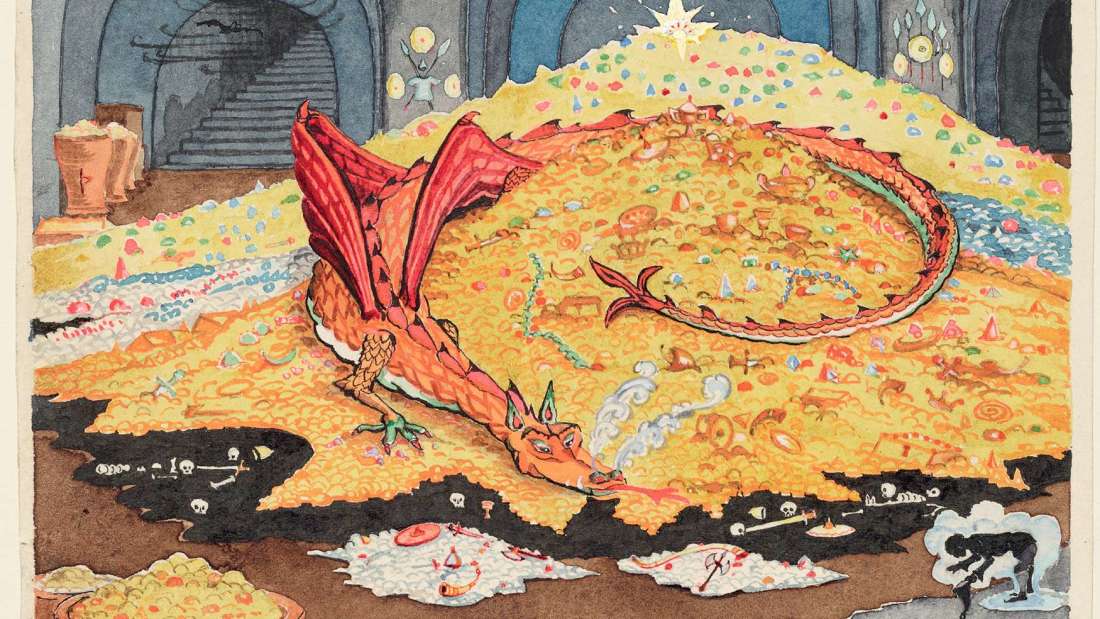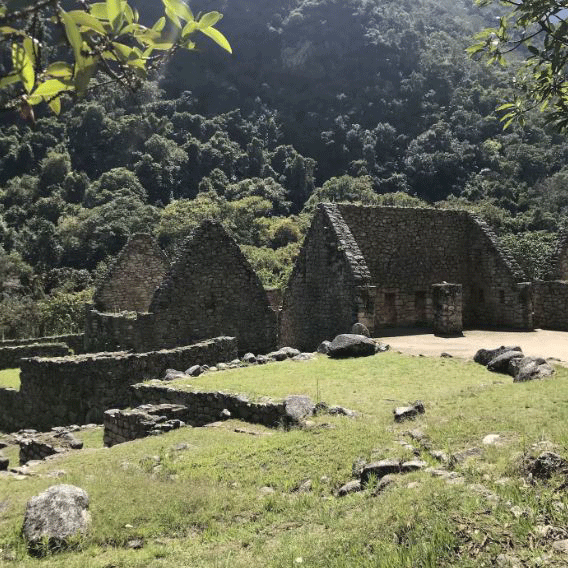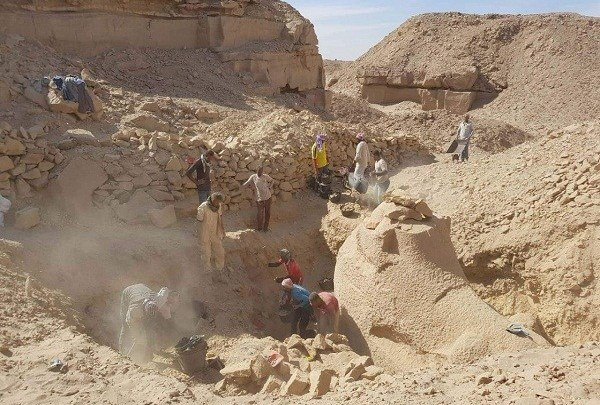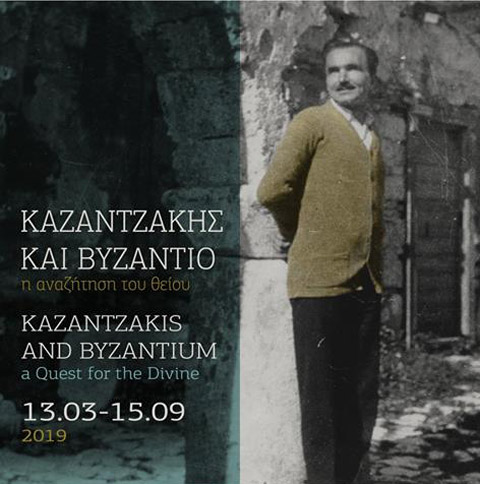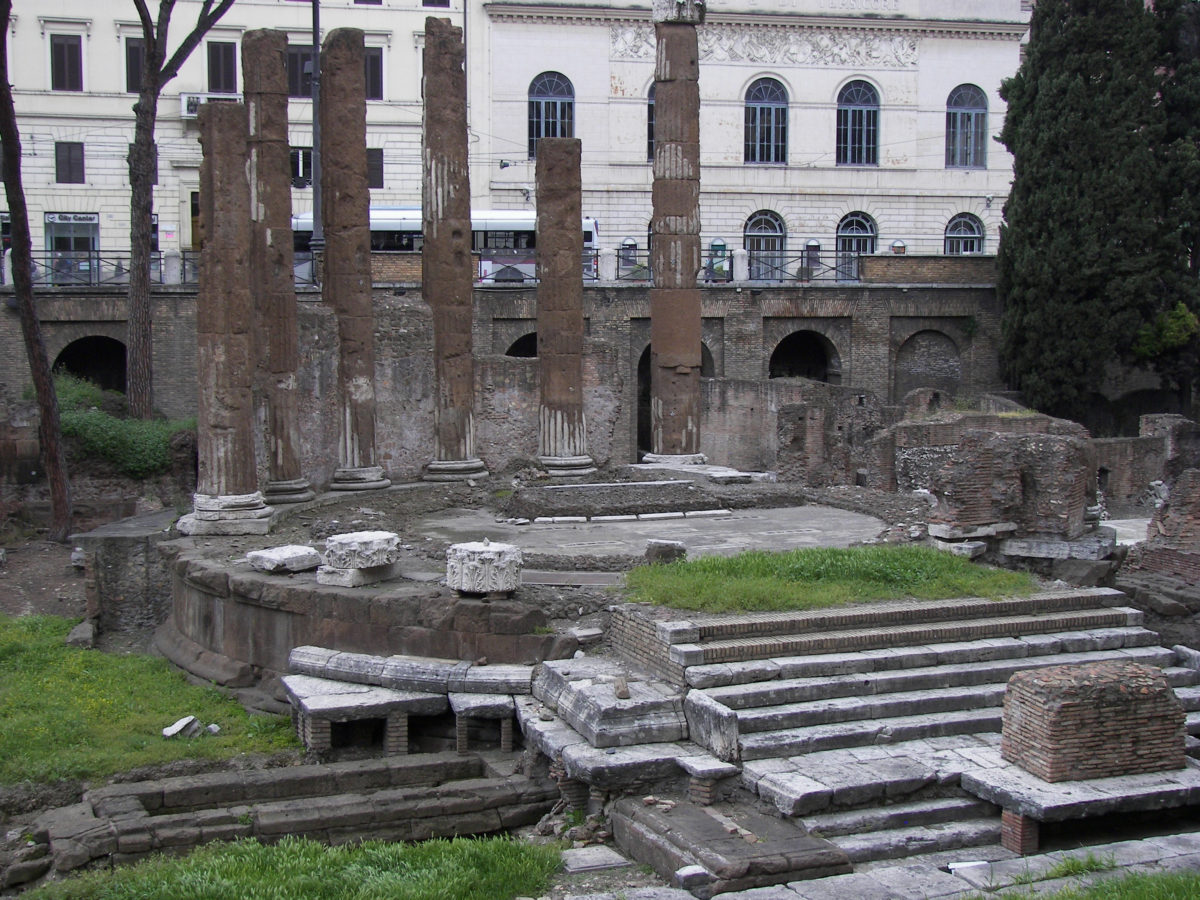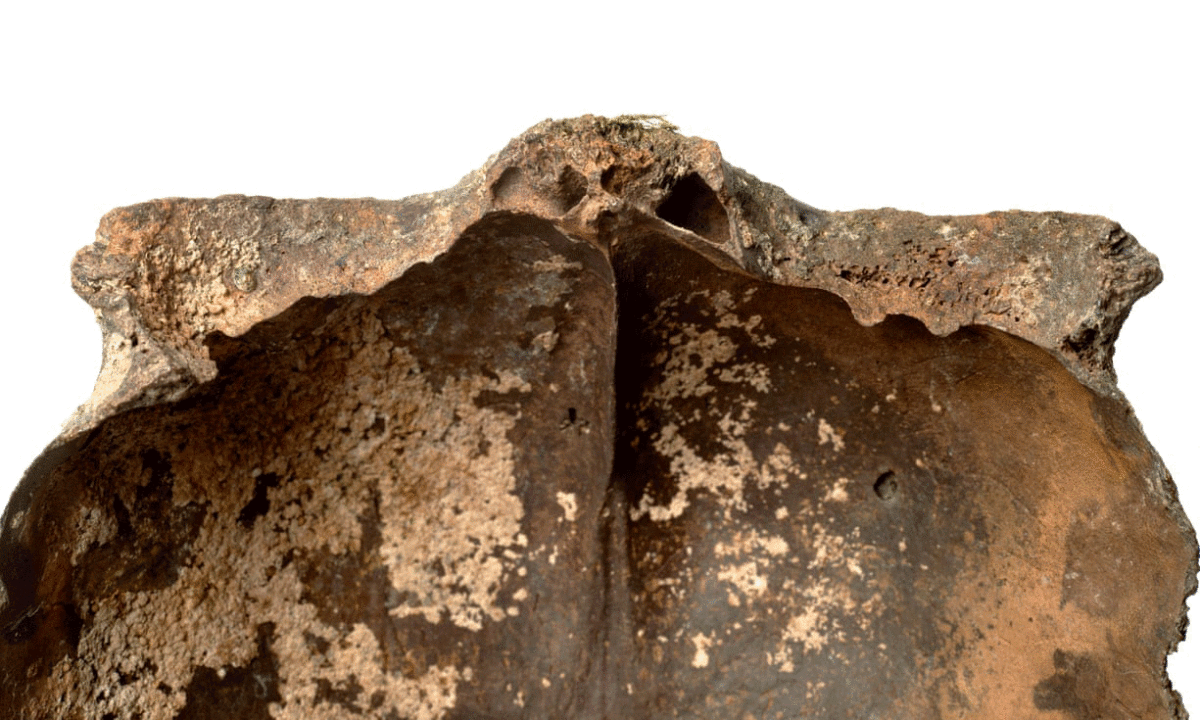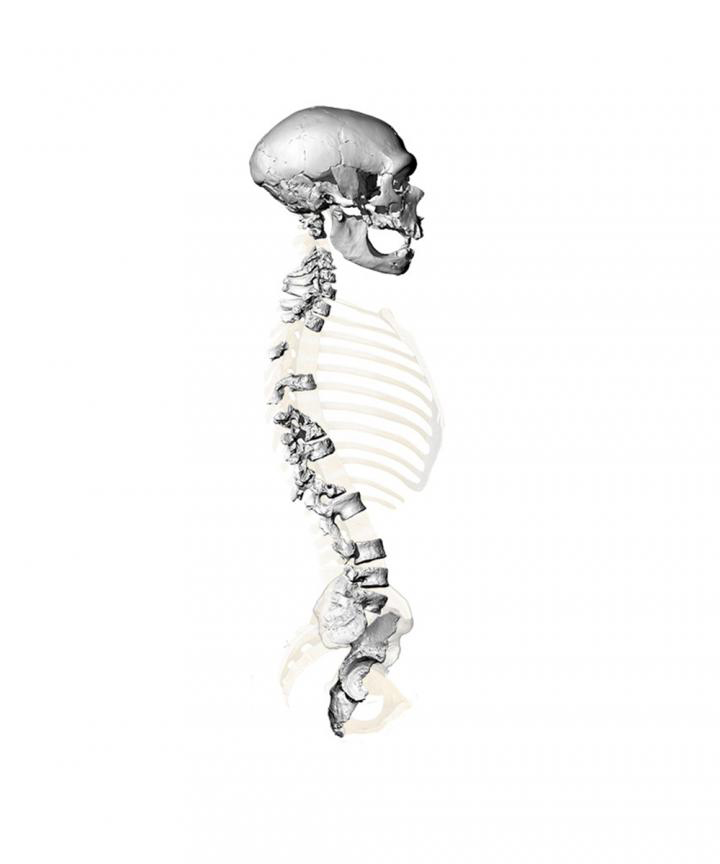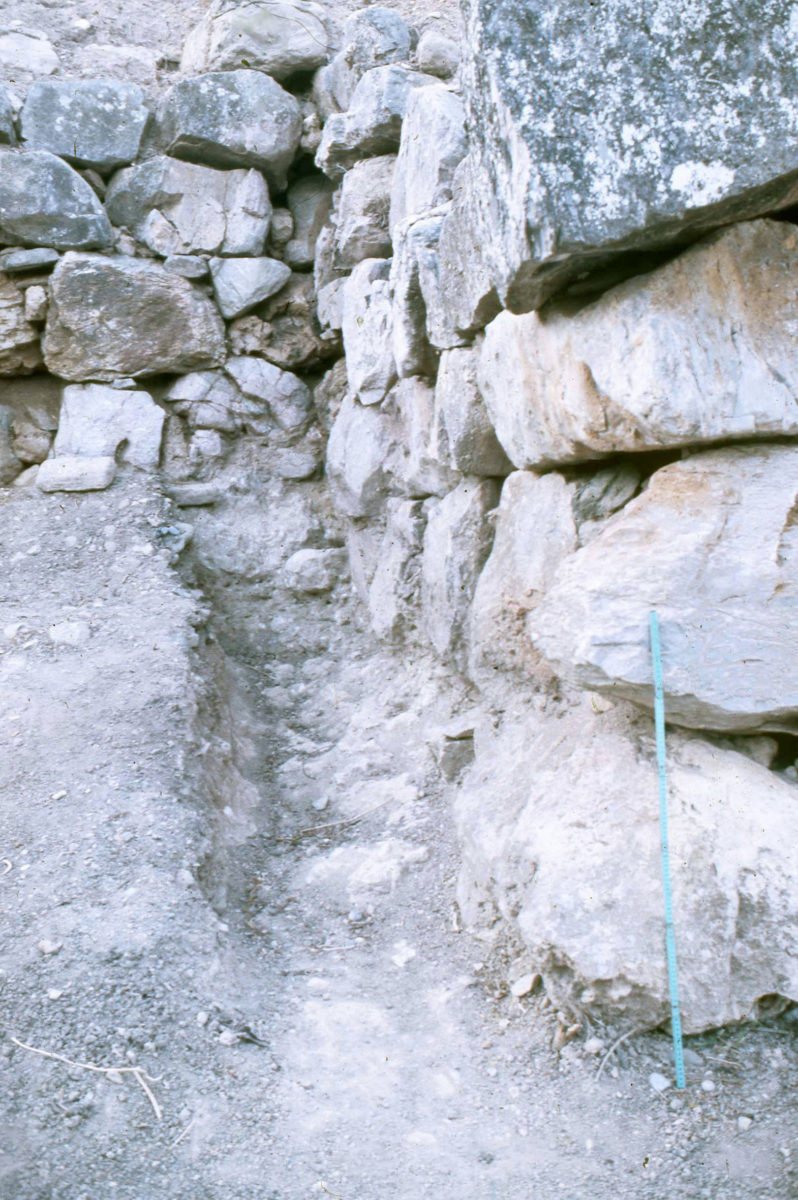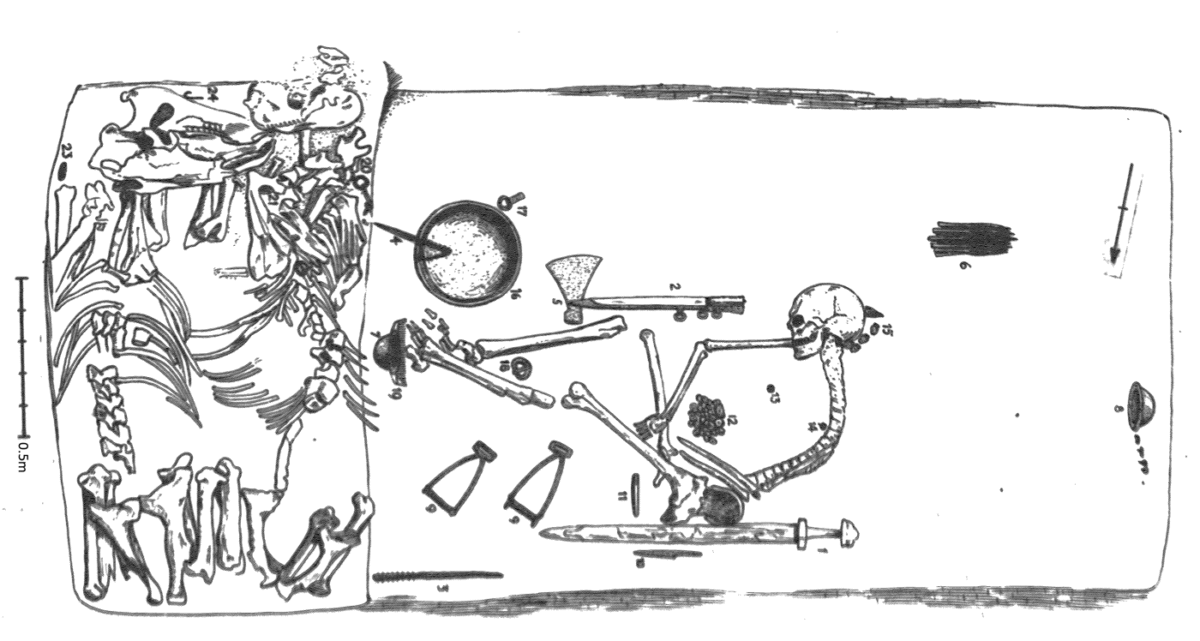1,600-year-old estate of wealthy Samaritan unearthed in Israel
The estate, discovered in a major Israel Antiquities Authority excavation ahead of new neighbourhood construction initiated by the Israel Lands Authority, contains a rare inscription.
Results of the 2018 Pafos Agora excavations
The 2018 excavations of the Department of Classical Archaeology of the Institute of Archaeology, Jagiellonian University, Kraków, Poland, within the framework of the Pafos have been completed.
History of Leith’s Queen’s dock uncovered
Archaeological excavations of the Old West (Queen’s) Dock opposite ocean terminal are revealing part of the port’s Napoleonic defences.
A small plesiosaur lived in Spain 125 million years ago
In a new study palaeontologists discovered, in the quarry of Mas de la Parreta in Morella, an abundant and exclusive collection of remains of several plesiosaurs specimens that coexisted with the dinosaurs.
Vandals damage mummified remains in church crypt
The head of an 800-year-old mummy was stolen and the 400-year-old remains of a nun have been damaged after a crypt in St Michan's church in Dublin was broken into.
Homer in the Renaissance
For its fifth annual panel, SEMCR invites abstracts on the reception of Homer in all its manifestations in the early modern world.
Ancient extinct sloth tooth in Belize tells story of creature’s last year
Some 27,000 years ago in central Belize, a giant sloth was thirsty. The region was arid, not like today's steamy jungle.
New findings shed light on origin of upright walking in human ancestors
The oldest distinguishing feature between humans and our ape cousins is our ability to walk on two legs – a trait known as bipedalism.
Researcher discovers oldest tattoo tool in western North America
Washington State University archaeologists have discovered the oldest tattooing artefact in western North America.
A 5th-century Greek inscription was found in central Israel
A 5th-century Greek inscription found during excavations in central Israel comes from a time of unrest in the region.
No official Ottoman document testifies lawful removal of Parthenon sculptures
There is no official document testifying the Parthenon sculptures were lawfully taken to the British Museum, researchers say.
Japan and the Book
A major exhibition of works from the Corfu Museum of Asian Art is to be presented at the Municipal Art Gallery of Athens.
Phantastic Religions and Where to Find Them
The Museum of Religions “Raffaele Pettazzoni” will host the conference
“Phantastic Religions and Where to Find Them. Deities, Myths and Rites in Science Fiction and Fantasy” on July 2-6, 2019 in Velletri (Rome).
Researchers reveal Inca bath complex structure
Archaeologists in Peru have used cutting edge technology to delve deeply in structure and architecture of a ceremonial baths complex.
New Kingdom workshop uncovered in Gebel el-Silsila
A new Kingdom sandstoneworkshop and several sculptures were unearthed during excavations carried out at Gebel el-Silsila archaeological site in Aswan.
Kazantzakis and Byzantium: The quest for the divine
Exhibits and archival documents of the Kazantzakis Museum, some of which are exhibited for the first time to the public, such as the author’s diaries from his visits with Angelos Sikelianos to Mount Athos and the Peloponnese, will be presented.
New research casts doubt on cause of Angkor’s collapse
The findings suggest Angkor's demise was not a catastrophic collapse caused by the Ayutthayan invasion or by infrastructural failure, but a gradual demographic shift by the urban elite.
Donation made by house of Bulgari to protect an archaeological site
The Italian jewelry firm will donate €500,000 to develop the archaeological site in the district of Largo di Torre Argentina.
Skull fragment found on Thames banks is now on display
A fragment of a Neolithic skull found on the south bank of the River Thames will be exhibited at the Museum of London.
Neanderthals walked upright just like the humans of today
Neanderthals are often depicted as having straight spines and poor posture. However, these prehistoric humans were more similar to us than many assume.
The cult of the Egyptian Isis in Roman Italy
The cult of the Egyptian Isis in Roman Italy through an enigmatic object known as Mensa Isiaca is the subject of the forthcoming lecture by Dr. Eleni Vassilika.
Evidence of violence and martial readiness in Minoan Crete
Just how peace loving were the Minoans? Why did they not leave behind images of wars, battles and walls despite their contacts with other peoples who used such representations?
Viking warrior found in Sweden was indeed a woman
A new study further supports the 2017 discovery that Viking warrior in prestigious burial was a woman and not a man as it had been assumed for over a century.
Scientists find routine allomaternal nursing in an Old World monkey
A team of scientists led by Prof. LI Ming of the Institute of Zoology, Chinese Academy of Sciences, found widespread allomaternal nursing behavior in nursing others' offspring in an Old World monkey, the golden snub-nosed monkey.
